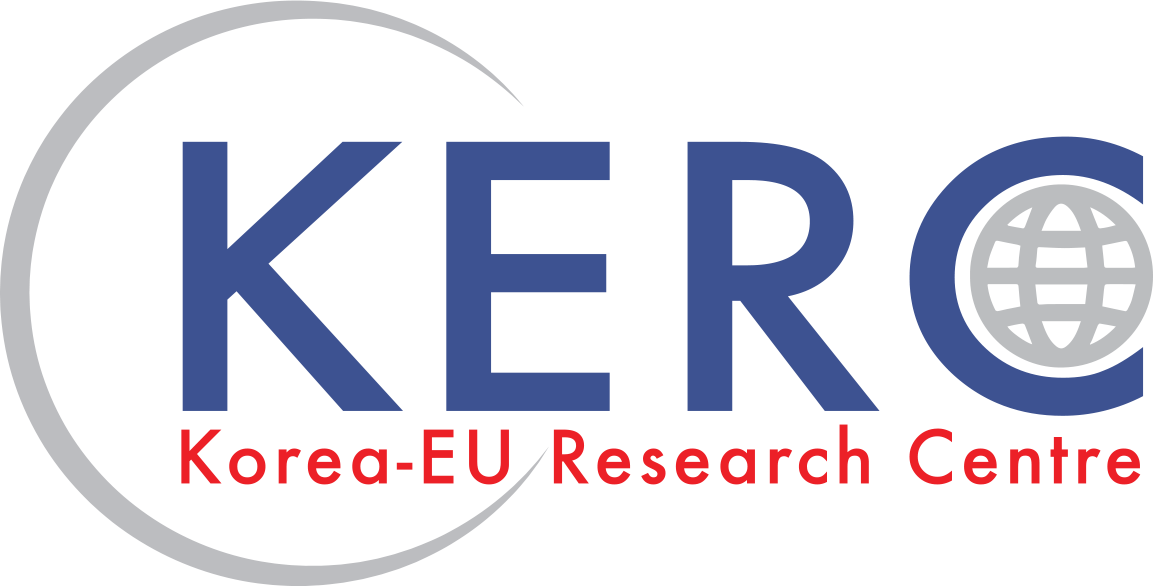Hoped to be applied in portable and car displays
The Ministry of Science, ICT and Future Planning announced that a Korean research team “developed a key technology for next-generation display that can instantly detect conductive biological information and visualize it on a screen.”
The study was led by Professor Park Cheolmin (Yonsei University) with support from the Ministry’s basic research support program (for individual research) and was published on April 13 in Nature Communications, an international academic journal.
- Paper: Organic Light Emitting Board for Dynamic Interactive Display
Due to their complex structures with sensor and display separated, currently used displays based on organic light-emitting diodes (OLED) face difficulties in enabling new functions and technologies such as wide area, flexibility or detection of biological information.
The newly developed organic light-emitting board (OLEB) features a simpler signal processing structure with one device handling both sensor and display. This makes the display as thin as 1/100 of human hair, and more flexible. The shorter production process also cuts cost.
The new OLEB allows a conductive pen to freely write on it and visualize the writing by self-illumination. The written text can be erased chemically, thus could be utilized in writing or drawing work that require multiple takes. This technology is also expected to be applied to next-generation display industries such as portable or car displays and smart windows for advertisement.
Professor Park explained the significance of the study stating “the team developed a next-generation display under a new concept of simultaneously detecting conductive biological stimuli, such as human fingerprints, and displaying them as images. Unlike past studies, we secured technological originality by basing it on alternating current electrical fields where detection and visualization are conducted comprehensively. We expect that, with further research and development in display, it could be applied to fields like portable or car displays and smart windows for advertisement.”
Source: Ministry of Science and ICT (http://english.msit.go.kr/english/main/main.do)


